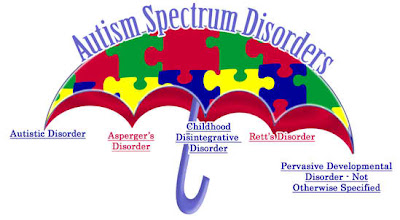The School Environment: Issues for Aspergers Students

For the Aspergers (high functioning autistic) student, schools are full of environmental stimuli that can (a) create a state of anxiety and (b) wreak havoc on his or her sensory sensitivities. Many Aspergers kids are already anxious about wanting to follow the rules, live up to the teacher’s expectations, and get through each day without any major problems. There have been plenty of studies out there conducted by educational psychologists that show that school settings affect not only those with Aspergers, but other students as well. But keep in mind that the "Aspie" student must also grapple with having her senses assaulted throughout the day. In some instances, if she is not yet a self-advocate, or if she is unaware of her own sensitivities, she may be unable to pinpoint exactly what triggers her anxiety and subsequent loss of control. Most Aspergers children are keenly aware of the social, educational, and environmental expectation that they “fit in” with the
